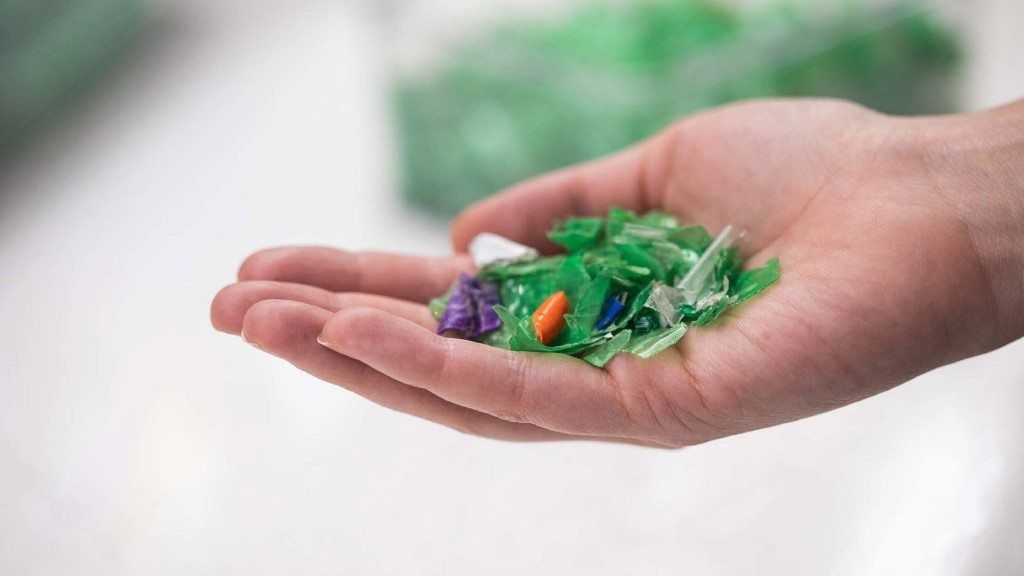
The Association of Plastic Recyclers (APR) has completed a multi-material 2d3d sorting potential test method, "Evaluation of the 2D/3D Sorting Potential of a Whole Article," developed through supporting funding from the Institute of Scrap Recycling Industries (ISRI). This completes the series of sorting potential test methods, which also includes test methods that assess how package design affects near-infrared (NIR), size, metal, and colour sortation. These test methods enable brands and their suppliers to assess how packaging performs at each step of the sortation required to make it through the full recycling process.
"Although the APR Design Guide for Plastics Recyclability classifies each feature of packaging design according to known recycling performance, there are instances that guidance cannot address. When packages exhibit features that bring sortation into question, a sorting test is necessary to determine the outcome," said Curt Cozart, APR COO. "The Sorting Potential Test Methods allow designers to make that determination early in the design process."
Included in the APR Design Guide, these test methods identify specific design qualities that may cause an entire package to be lost in the recycling process. Offering laboratory and pilot scale representations of standard collection and sorting procedures for single-stream recyclables, the test methods have been developed to accurately predict whether a package successfully sorts into the correct location at the combined sortation steps within MRFs and plastics reclaimers.
"It's important to understand that the entire sortation process is represented," added Cozart " Simply passing through the MRF is not sufficient when additional sortation steps are conducted at the reclaimer. Packages rejected at the reclaimer have undergone a long expensive route to the landfill. The Sorting Potential Test Methods identify the limiting steps in the combined sortation process and test to that."
Developed through a multi-year effort involving a wide variety of stakeholders, the APR Sorting Potential Test Methods are designed to provide consistent, repeatable results. They have undergone comparisons to real-life industrial processes to ensure that the results accurately predict the average sortation process at both MRFs and reclaimers. The working group responsible for the development of the latest test method consisted of MRFs, reclaimers, sorting equipment suppliers, paper and plastic converters, consultants, and statisticians.
"Proper sortation is critical to the recyclability of a package. Producers must ensure that a package design will reliably sort from other commodities at the MRF and reclaimer," said Steve Alexander, APR president and CEO. "Even if all other aspects of package design are well considered, if it cannot be successfully sorted, it won't make it through the process, and will most likely end up in the landfill."



